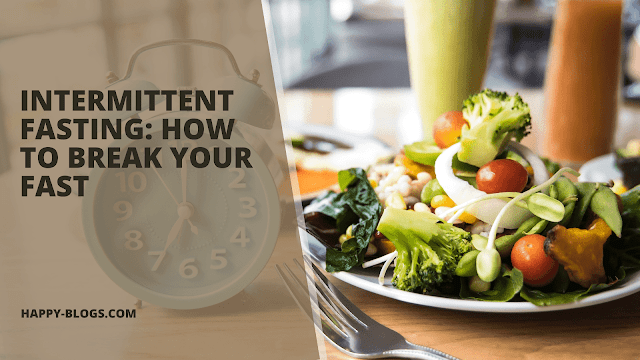After your fast, feast on this! When you reach the conclusion of your fast, you'll probably start to feel that small squeeze in your stomach: hunger - the desire to eat as your body tells you it needs nourishment.
With the increased hunger cues, it may be tempting to indulge in a meal you've been desiring - after all, you've been fasting, and a small treat won't hurt, right?
The Allure
When we become hungry, it signifies that our energy reserves are depleted. Because our brain signals, "fast, I need energy," the temptation is to reach for something high in carbs and sugar.
Of course, being able to eat whatever we wanted after fasting would be ideal. After all, it has a significant impact on blood sugar balance and body composition. But one thing must be made clear: fasting does not imply that you can eat whatever you want.
Not immediately after the fast, and not even throughout your eating window.
After all, you want to ensure that all of the health benefits you've just worked so hard to achieve while fasting continue!
The Plan
The most crucial factor to consider when choosing a meal to eat after breaking your fast is balance. A well-balanced meal has four main components:
Carbs: grains, legumes, starches, fruit
Protein: meat, eggs, dairy, plant-based protein
Fat: avocado, nuts, seeds, coconut, oils
Vegetables: leafy greens, salad ingredients, non-starchy vegetables
Essentially, you'll want to feed your body with each of these ingredients to provide the range of nutrients it requires to function, especially after fasting.
Carbs
They're wonderful, moreish, and we want them. They are the body's primary source of fuel (as long as you are not keto).
Carbohydrates replace the body's sugar levels, which are more effectively depleted when fasting*.
The problem with carbs is that they are difficult to overeat. So make sure to include only a fist-sized piece of complex carbohydrates in your diet.
Potatoes and sweet potatoes are good examples, as are healthy grains like brown rice, legumes like chickpeas and beans, and other whole grains like bread.
Proteins
Proteins furnish the body with all of the building blocks it needs to carry out several critical operations. However, proteins are one of the key satiety molecules, which means they keep you feeling full*.
Include a dish of protein at each meal to help you feel satiated.
Eggs, lean protein like chicken and fish, the rare piece of red meat, legumes like chickpeas and beans (they're both a carb and a protein! ), or plant-based choices like soy are all good examples.
Fat
Another crucial factor in feeling full is fat. Saturated and unsaturated fats are the two main categories to consider when it comes to fat.
Saturated fats are typically found in animal products such as dairy. These should be kept to a minimum in the diet. Unsaturated fats derived from plants can be included more frequently.
Full-fat dairy, avocados, nuts, seeds, and their oils, and olives and their oils are all good examples.
To boost the flavor profile of your meals, you can add any herbs or spices you choose, but the principles are to include a small number of carbs, protein, fats, and veggies. Of course, if you're following a certain diet, these will need to be modified to meet your requirements.
Breaking your fasting should be done with the intention of providing your body with the nutrition it requires to function. When you do, your body is more likely to reward you with an abundance of energy, stable body composition, and overall health balance.

